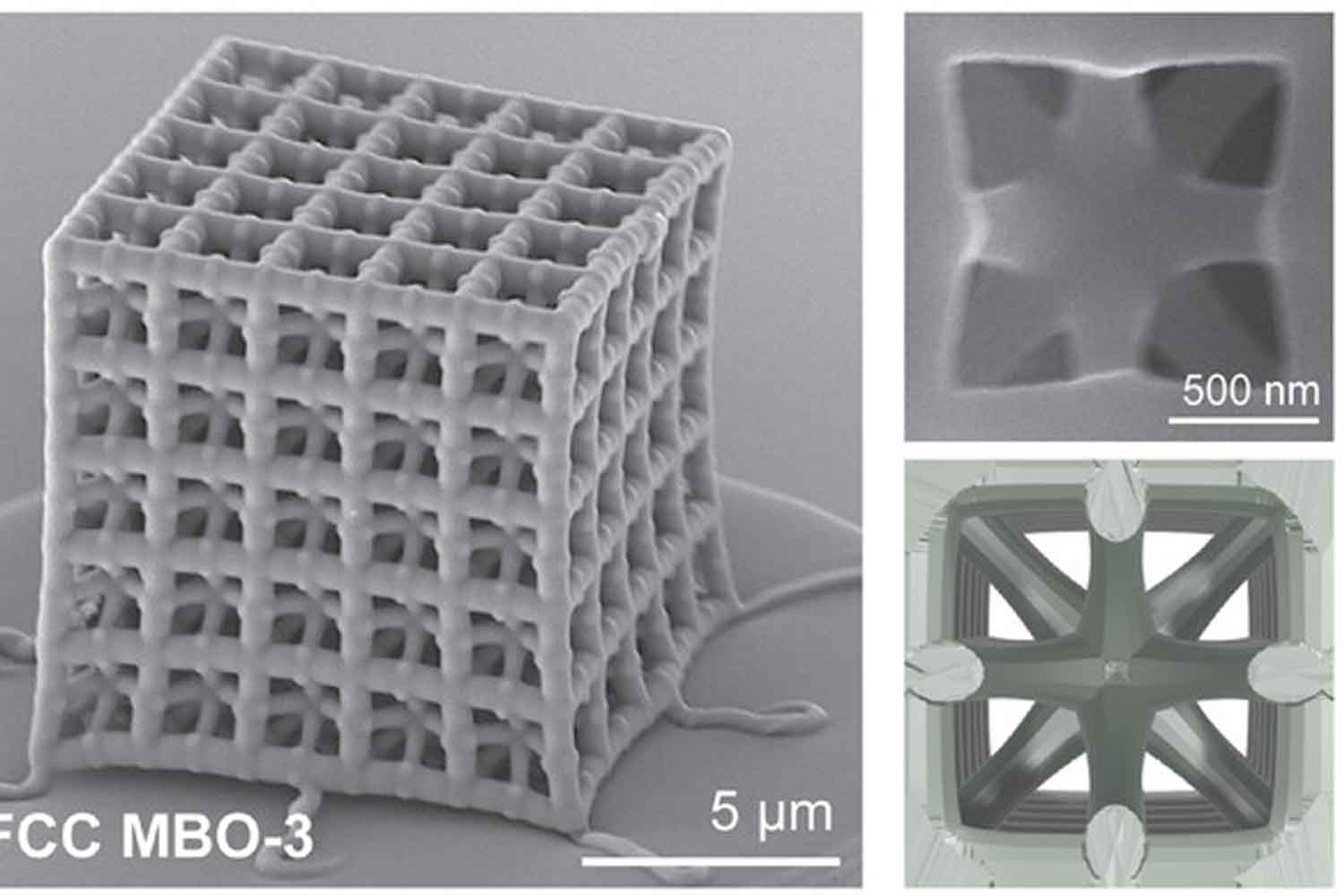Scientists have found evidence that classical music can calm the heart rate of unborn babies, potentially providing developmental benefits.

@Canva
Music has long been thought to be beneficial for both soul and heart, in individuals of all ages. The American Institute of Physics has now released a study by a multisciplinary research group in Mexico, investigating the impact of classical music on fetal heart rate. Patterns of heart rate variability were detected using mathematical analysis methods.
Regular heart rate measurements typically average several beats over a brief time, whereas “heart rate variability” looks at the time between individual beats.
The researchers explained that the variance can provide insight into fetal autonomic nervous system development and that increased variability typically means more advance development.
The test
To test the effect of music on fetal heart rate, the researchers recruited 36 pregnant Mexican women and played two classical pieces of music to their babies: French composer Camille Saint-Saëns’s The Swan and Mexican composer Abundio Martínez’s Arpa de Oro.
Through linking external heart rate monitors, the researchers measured fetal heart rate responses to both preparations. Using nonlinear recurrence quantification analysis, they calculated alterations in heart rate variability during and after music exposure.
“Overall, we found that exposure to music produced more predictable and stable fetal heart rate patterns”
“This temporary effect could stimulate the development of the fetal autonomic nervous system.”
For pregnant women at home, researchers indicate that classical music can actually help with fetal development.
“our findings suggest that these changes in fetal heart rate dynamics occur instantly in short-term fluctuations”
“Parents might want to play calming music for their unborn babies.”
The authors will seek to further explore this effect by examining different kinds of music and genres to gain more knowledge.
Source: AIP Publishing

